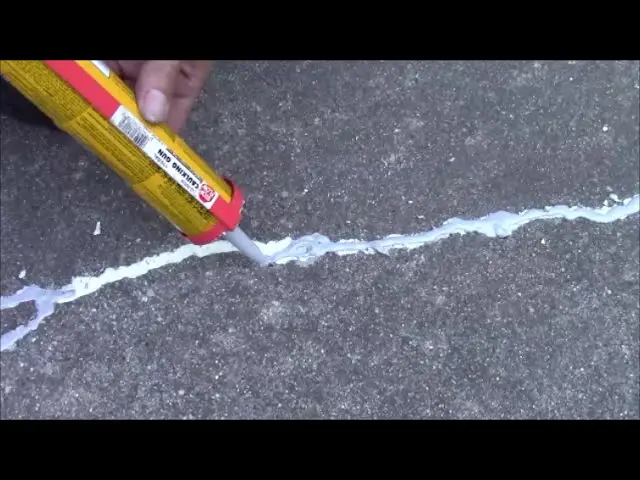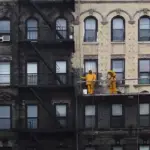Does concrete expand as it dries? Actually, in typical cases no. Concrete doesn’t expand when it dries in normal temperature. Almost universally, concrete shrinks as it cures. This is responsible for cracking of concrete.
However, depending on the ambient temperature the concrete can sometimes expand when it gets hot or in case of moisture changes. So, designers mostly provide expansion joints in bridge, buildings, and other structures to cater for such moisture changes.
Similarly during cold weather the exterior concretes generally expand while during hot weather it get narrower. That’s why they provide compressible material in the joints so during winters the expansion can be catered.
Sure, you’ve heard of expansion and contraction being a problem. Such volumetric changes can result in structural issues down the line.
But how does concrete expands?

Why concrete shrinks and not expand at all?
As you place and finish the concrete, it has a great deal of water content in it. Over time, that Cog or that water will get used through the chemical actuation process and as well as through evaporation.
Eventually, that water is just not there anymore, so there’s an absence or space left over where there used to be something there. That’s why concrete cracks because that water component is gone. The concrete shrinks, and there’s just not enough concrete there to cover the area that it used to cover. Something has to give, and that’s how you end up with a crack.
Also read: Does WD40 stain concrete?
Does any other kind of concrete exists that expand?
So, are there any kinds of concrete that expand?
Like Us on Facebook!
Actually, yes, there are.
Subscribe Us on YouTube!
There are two notable concrete mix designs that you would mention if you’re talking about expanding concrete or concrete that doesn’t shrink necessarily.
Non-shrink grout
The first one is non-shrink grout. The name says it all. There are a bunch of different applications for non-shrink grout. If I wanted to drill a hole and take a piece of rebar and put it in that hole and have it stay in there, I could use an epoxy product, but I could also use non-shrink grout.
I prefer the non-string grout method for something like that because the epoxy is moisture is a concern.
It’s hard to get the water out of an 18-inch deep hole, things like that. Then there’s dust that is also a concern. For non-shrink grouts, not really a concern because it’s already cementitious product.
If you’re putting it into a hole that has a little bit of moisture, a little bit of dust, it’s still going to work well to adhere and bond, and again it actually expands slightly, and that’s what gives it its anchoring ability.
Hydraulic cement for water stop applications
The same thing goes for the other kind of mixed design of concrete which expands, which is hydraulic cement intended for water stop applications.
If you’ve ever seen a type of water stop cement that’s called wet to set in 60 seconds, from the time that you mix it up into a putty into the time that it’s hard, is about 60 seconds. This stuff sets up so fast.
You could literally swim underwater and pack some of it into an active crack, and it might even stem the flow of water through it, and it does it because it expands. If I were to put in a concrete product into a crack, and then that concrete shrinks universally, that’s not going to fix the crack.
Water’s still going to leak through that, and that’s why the water stop product has to have this different physical property where it doesn’t shrink, and that’s what enables it to do this special job.
Also Read: Is concrete homogeneous or Heterogeneous (Answer with Reasons)?
Conclusion
Almost universally, concrete shrinks, except for these very few applications of highly specialty concrete mix designs. I hope you found this information helpful.




















